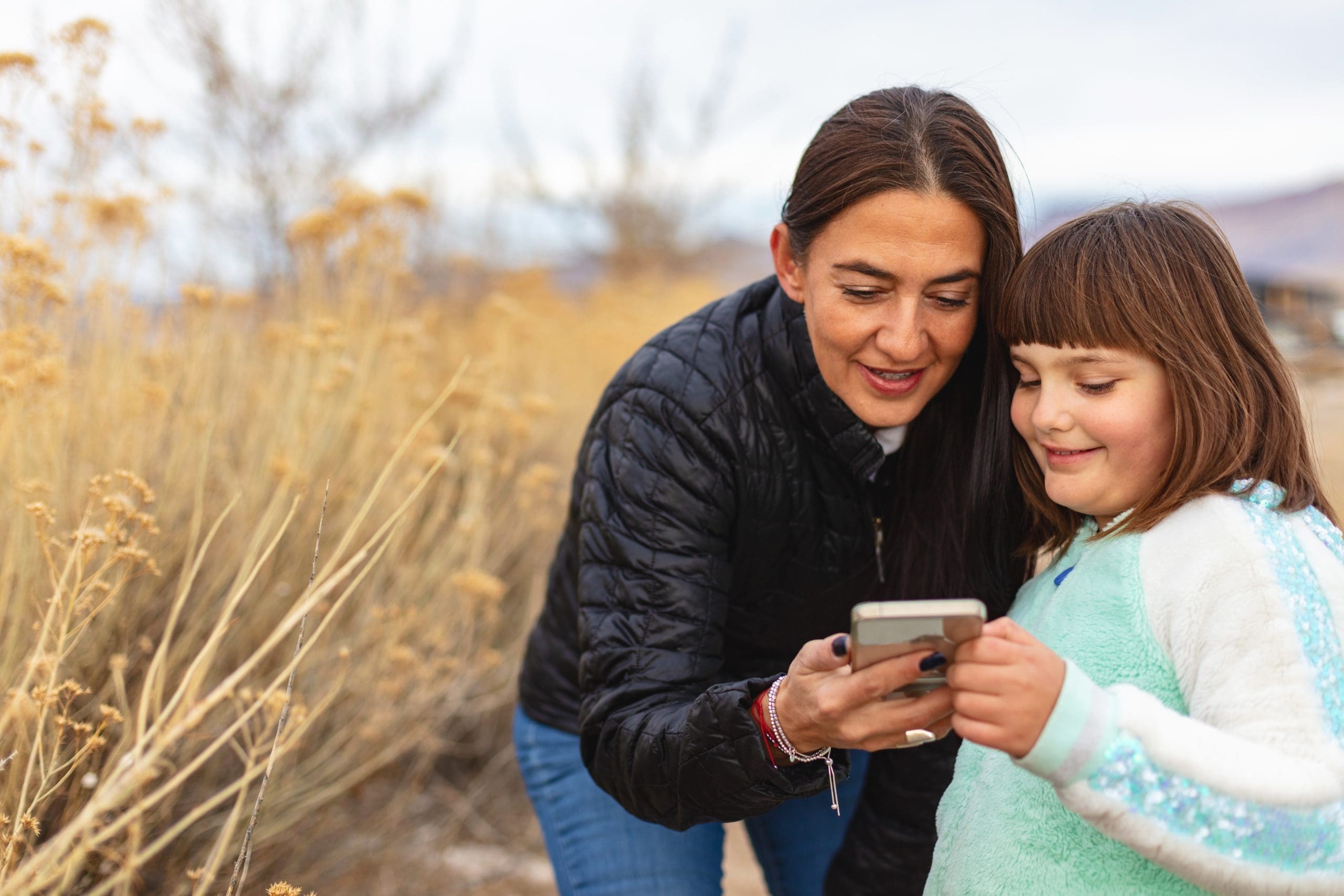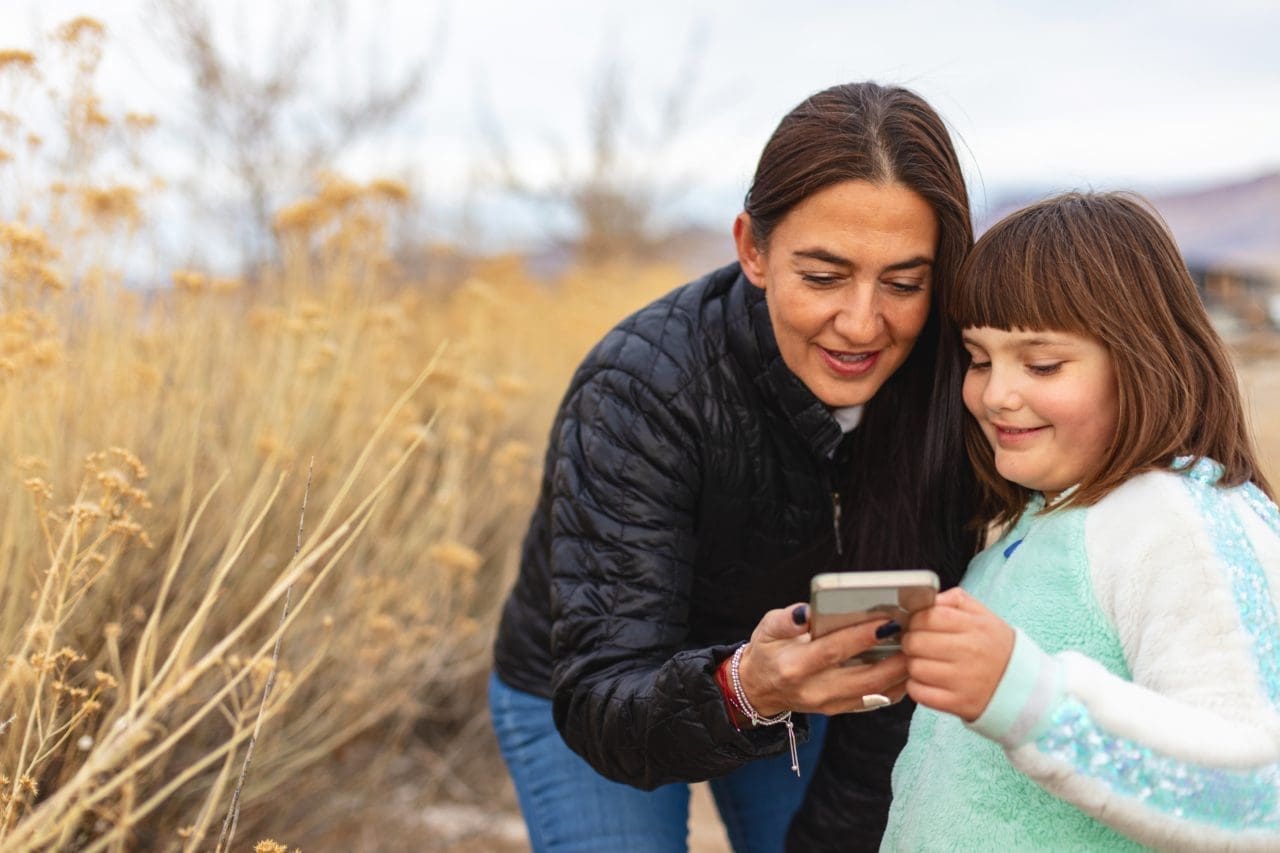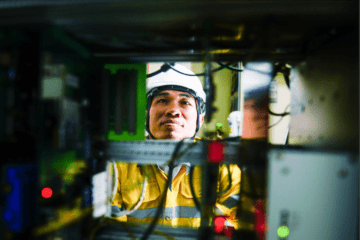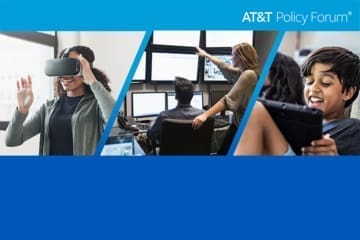At the heart of America’s story is its patchwork of bustling cities and small towns spanning a diverse landscape. For many, home is the fresh air and rolling hills away from the fast pace of city life. But a slower pace of life does not translate to a diminished need for a high-speed internet connection.
For the many rural Americans who find themselves a long drive from a doctor’s appointment, potential employer or school tutor, having a reliable high-speed internet connection at home is as important as water is for crops. Opportunities shouldn’t be limited by geographic location, and home internet brings them even closer to Americans’ front doors, opening up a world of possibility.
Making that possibility a reality means meeting people where they are by investing in our network, laying down more miles of fiber and building new cell sites.
All of this is part of our larger mission to connect more hardworking Americans to opportunities and more first responders to the communities they serve.
Bridging connections with fiber
Take for example Vanderburgh County, IN, where we launched a new fiber network as part of a public-private project to connect more than 20,000 homes, farms and businesses – expanding access for roughly one-third of the county’s population.
And this project does not stand alone. We’re also working on projects to expand fiber connectivity in places like Bossier City and Ouachita Parish in Louisiana.
But that’s not all. Our investments in recent years have expanded access to AT&T Fiber in many small communities and rural areas across our service area, including:
- Florence, AL
- Sylacauga, AL
- Searcy, AR
- Auburn, CA
- Chico, CA
- Galt, CA
- Lenmore, CA
- Porterville, CA
- Redding, CA
- Tulare, CA
- Albany, GA
- Coal Mountain, GA
- Valdosta, GA
- Frankfort, IN
- Crawfordsville, IN
- Corbin, KY
- Cynthiana, KY
- Mayfield, KY
- Pineville, KY
- Benton, LA
- Donaldsonville, LA
- LaPlace, LA
- Morgan City, LA
- Natchez, MS
- Senatobia, MS
- Catoosa, OK
- El Reno, OK
- Guthrie, OK
- Verdigris, OK
- Newberry, SC
- Seneca, SC
- Burns, TN
- Greenbrier, TN
- La Follette, TN
- Newport, TN
- Sweetwater, TN
- Dayton, TX
- Lumberton, TX
- Orange, TX
With this increased internet access, students can more seamlessly complete homework assignments, families can rely on the convenience of telehealth capabilities and professionals can reach big city jobs and side hustles from anywhere.
Boosting wireless connectivity
In addition to expanding connectivity through fiber, we also recognize that wireless and 5G technologies are catalysts for positive change, enhancing our daily lives regardless of where we call home. As a result, expanding and enhancing wireless networks in remote areas puts those communities in the best position to thrive.
We’ve seen these positive impacts in places like French Settlement, Louisiana and Cherokee Nation in Oklahoma, where our new cell sites are enhancing connectivity and providing the opportunity for more people to get connected.
One of the many places to experience this impact was Meigs County, Ohio, where businesses, students and residents all got a big boost in connectivity. This boost allowed students at area schools to have better access to online resources, which could look like a class learning from a teacher in a remote location, bringing them a wider range of live educational material.
In Coshocton County, Ohio, several new cell sites have gone live in the last year, bringing stronger connections in small communities like Conesville, Plainfield, Warsaw, and West Lafayette. These network enhancements allow visitors to look up information about local attractions, help families share photos from area lakes and parks, facilitate purchases at a community antique mall, and connect students at a nearby technical college to research resources.
And wireless investments like these can be even more impactful in agricultural communities, as 5G is spurring technological innovation to improve sustainability, improve production and cut costs.
Enhancing first responder communications
Improving wireless access also provides first responders with reliable access to connectivity when it matters most. When working to keep our communities safe, the last thing public safety members should be worried about is a reliable internet connection.
We’re honored to help fulfill this need through our network buildout and investment that bring more coverage, boost capacity and drive new capabilities for first responders and the communities they serve. We’re also proud of how our investments are helping bolster FirstNet, Built with AT&T – America’s public safety network.
- As a result, FirstNet reaches more than 91 million square miles across the country and covers more than 99% of the U.S. population, covering more first responders than any other network.
It’s through these investments that communities like Oneida County, New York, the Navajo Nation in Arizona and Glenwood Canyon, Colorado were able to modernize their commercial and emergency communications and transform their emergency response capabilities.
- New cell sites provide priority and preemption, putting those on the front line, at the front of the line. Learn more about our recent efforts in small-town communities, like those in Yamhill County, Oregon, Mississippi River Valley, Minnesota, and Charles and Dorchester counties in Maryland.
The importance of connectivity during emergencies cannot be overstated. With communities that span larger areas, first responders need to know that their communications can transcend the distance. Our cell sites bolster connections for first responders so that they can communicate with each other quickly and reliably – whether they are responding to an emergency in a remote location or keeping crowds safe at large community events.
The bottom line
While we can see the progress being made across the country, our work is far from over. We remain committed to working together to provide more Americans the access to reliable internet, regardless of their distance from the nearest urban center or even their closest neighbor.
Each new fiber connection and cell site creates countless possibilities as more Americans can now work their dream job without having to move or consult leading medical experts through telehealth services, while first responders can better protect even remote communities.
To build on this momentum, we need to continue our good work with the policymakers and local leaders – who know their communities best – and capitalize on the unprecedented amount of federal broadband funding that is primed right now. Communities across the nation are eager to get connected, and together, we can make it happen, regardless of their size and location.
FirstNet and the FirstNet logo are registered trademarks and service marks of the First Responder Network Authority. All other marks are the property of their respective owners.





